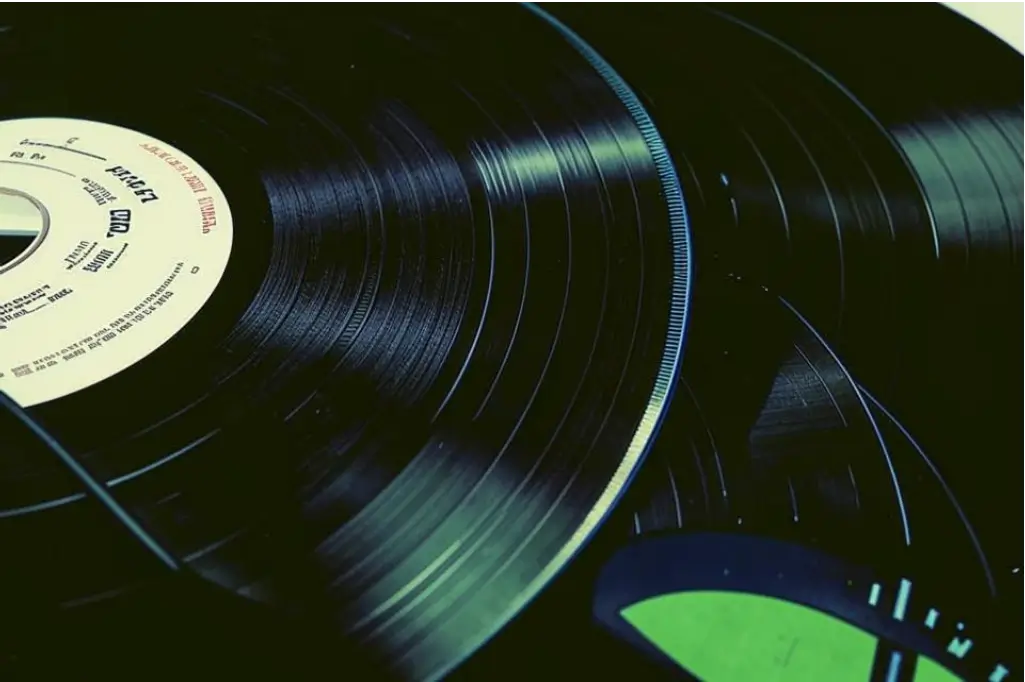Vinyl records are valuable, delicate items that require careful handling, especially when moving. Without proper packing, records can get damaged, bent, or scratched, leading to a loss in sound quality and value. In this guide, we’ll explain how to pack vinyl records for moving to ensure their safe transport and protection.
Step 1: Gather Packing Materials
Before packing your vinyl records, make sure you have all the necessary materials to keep them safe during the move. Here’s what you’ll need:
- Record mailers or sturdy boxes: Boxes should be strong enough to hold records without allowing them to shift.
- Cardboard inserts: To provide extra protection between the records.
- Bubble wrap or packing paper: For wrapping individual records and adding padding inside the box.
- Plastic sleeves: To protect records from dust and moisture.
- Tape: For securely sealing the boxes.
- Marker: For labeling boxes with “This Side Up” and “Fragile.”
Step 2: Sort and Organize Your Collection
Before packing, organize your record collection. This will help you keep track of your records during the move and ensure that they are packed securely. Follow these steps:
- Classify by size: Separate your 12-inch LPs, 10-inch records, and 7-inch singles.
- Inspect for damage: Check each record for cracks or warping before packing.
- Set aside damaged records: Avoid packing severely damaged records to prevent further harm.
Step 3: Pack Records Individually
Properly packing each record individually ensures that they are protected during the move. Here’s how to do it:
- Use plastic sleeves: Place each vinyl record in a plastic sleeve to protect it from dust, dirt, and moisture.
- Remove the record from the jacket: To avoid damage, remove the record from its cover and place it next to the jacket inside a protective outer sleeve.
- Add cardboard inserts: Insert a piece of cardboard between every five records to keep them upright and minimize shifting.
Step 4: Pack Records in Boxes
Once your records are wrapped and organized, it’s time to pack them in boxes. Follow these guidelines:
- Use sturdy boxes: Choose boxes or record mailers that can handle the weight of your records and won’t allow bending.
- Pack records upright: Store records vertically, like books on a shelf, to prevent warping.
- Avoid overpacking: Don’t overcrowd the boxes, as this can put pressure on the records and increase the risk of warping.
- Add padding: Use bubble wrap or packing paper around the edges of the box for extra protection.
- Label the boxes: Clearly label each box as “Fragile” and indicate which side should face up.
Step 5: Ensure Proper Storage Conditions
Vinyl records are sensitive to temperature and humidity, so it’s essential to store them in the right conditions during the move. Keep the following tips in mind:
- Avoid heat exposure: Heat can warp records, so don’t leave boxes in hot cars or direct sunlight.
- Climate control: Store records in a climate-controlled environment whenever possible.
- Handle with care: Remind movers to handle the boxes with care, especially during loading and unloading.

Packing Guide for Vinyl Records
| Packing Step | Details |
|---|---|
| Gather materials | Record boxes, cardboard inserts, plastic sleeves, bubble wrap, tape, and markers. |
| Sort and organize | Group records by size and inspect for damage before packing. |
| Protect individual records | Use plastic sleeves and remove records from jackets to avoid damage. |
| Pack in sturdy boxes | Pack records vertically with cardboard inserts and padding to prevent movement and warping. |
| Label and store carefully | Label boxes as “Fragile” and store in climate-controlled environments to avoid heat and humidity damage. |
Pros and Cons of Packing Records Yourself
Packing records can be a meticulous task, and it’s important to weigh the pros and cons before doing it yourself:
Pros:
- Control: You have full control over how your records are packed, ensuring your most valuable items are safe.
- Customization: You can pack your collection according to its specific needs, such as rare vinyl or large sets.
- Cost savings: Packing yourself saves money compared to hiring professional packers.
Cons:
- Time-consuming: Packing vinyl records requires time and careful handling.
- Risk of improper packing: Without proper knowledge, you may accidentally damage your records by packing them incorrectly.
- Limited resources: You may not have access to high-quality packing materials that professionals use.
Final Thoughts
Properly packing your vinyl records is crucial to ensuring they arrive safely at your new destination. With the right materials and careful preparation, your collection can withstand the challenges of a move. Always pack records upright, use proper padding, and avoid exposure to heat and moisture. Whether you’re moving across town or across the country, these steps will help keep your records in excellent condition throughout the move.
